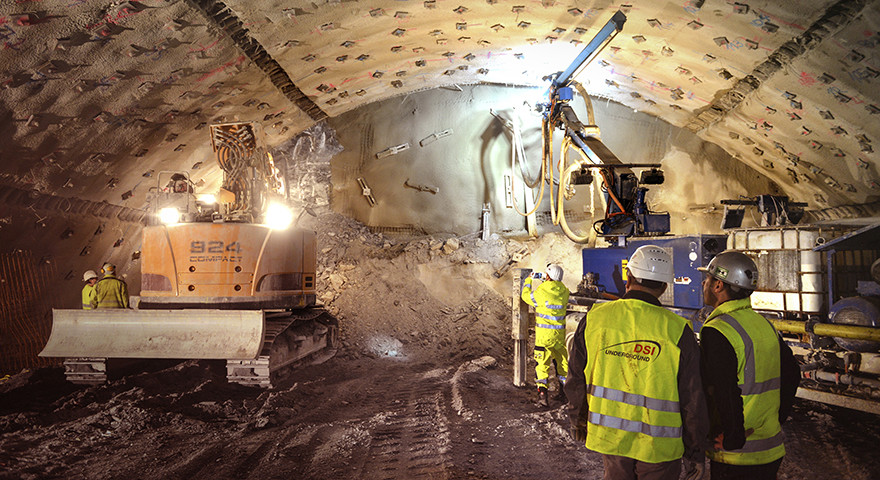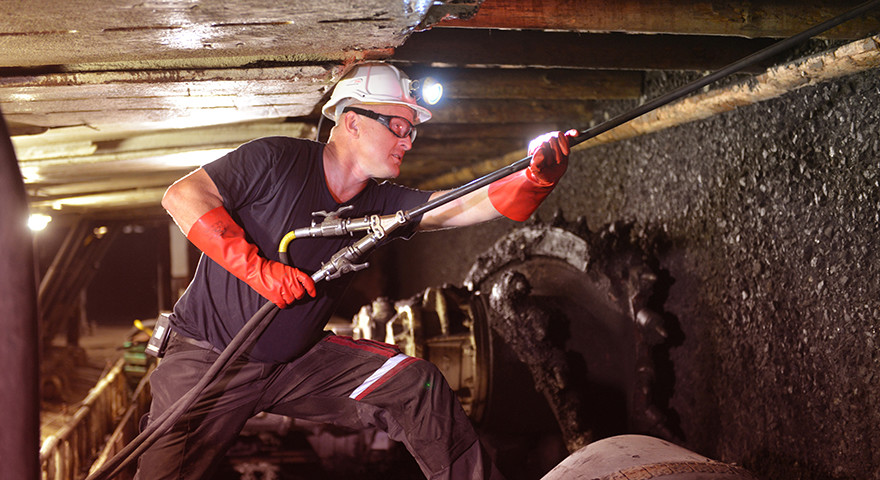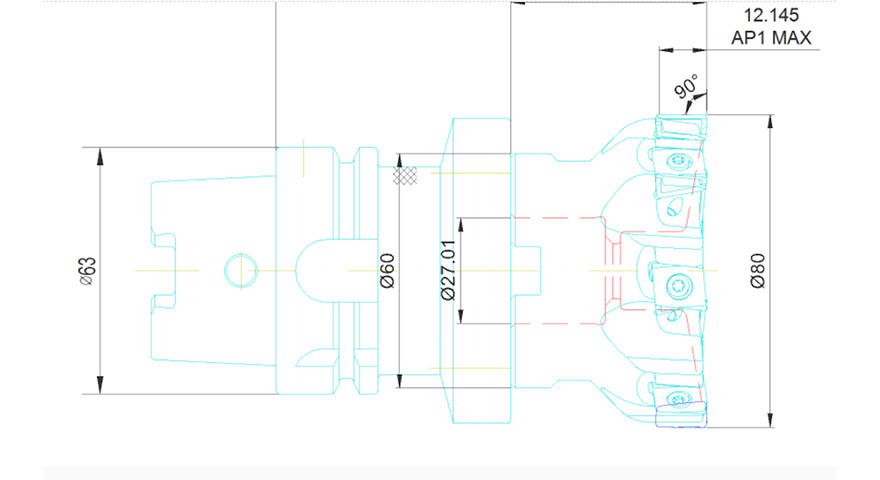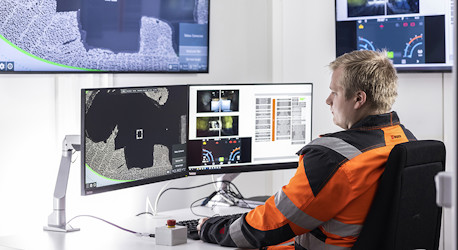Illuminating the way forward with digital manufacturing
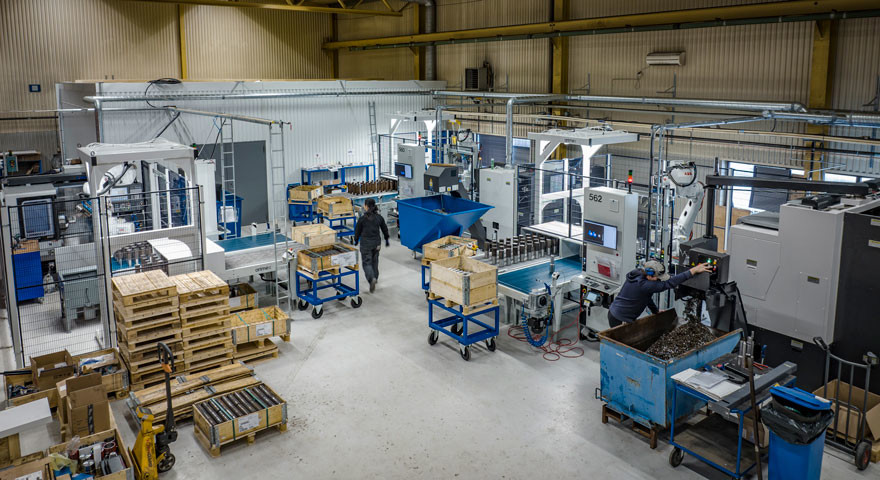
Illuminating the Way Forward with Digital Manufacturing
In the realm of manufacturing, a transformation is underway—one that is powered by the convergence of digital technologies and traditional production processes. This transformation, often referred to as “Digital Manufacturing,” is illuminating the way forward for industries worldwide. In this article, we will delve into the concept of Digital Manufacturing, its key components, and the profound impact it is having on the future of production.
Unraveling Digital Manufacturing
Defining Digital Manufacturing
Digital Manufacturing is the integration of digital technologies, data analytics, and automation into the manufacturing process. It encompasses a wide array of technologies, including Internet of Things (IoT), Artificial Intelligence (AI), machine learning, and robotics. The goal is to create more efficient, flexible, and data-driven production environments.
The Digital Thread
At the heart of Digital Manufacturing lies the concept of the “digital thread.” This is a seamless flow of data that spans the entire product lifecycle, from design and engineering to production and maintenance. The digital thread connects every aspect of manufacturing, facilitating real-time decision-making and optimization.
The Key Pillars of Digital Manufacturing
1. Smart Factories
Smart factories are at the forefront of Digital Manufacturing. These facilities leverage IoT sensors, connected machinery, and AI to monitor and control production processes in real time. They can adapt to changing demands, reduce downtime, and enhance overall efficiency.
2. Additive Manufacturing (3D Printing)
Additive Manufacturing, particularly 3D printing, is revolutionizing how products are made. It allows for complex and customizable designs, reduces waste, and accelerates prototyping and production.
3. Artificial Intelligence and Machine Learning
AI and machine learning algorithms analyze vast amounts of data to optimize processes, predict maintenance needs, and improve product quality. They can identify patterns and anomalies that are often imperceptible to humans.
4. Robotics and Automation
Robots and automation are essential components of Digital Manufacturing. They handle repetitive tasks with precision and speed, freeing up human workers for more complex and creative roles.
5. Data Analytics
Data analytics provide valuable insights into every aspect of manufacturing, from supply chain management to production line efficiency. Predictive analytics help identify potential issues before they impact operations.
The Impact on Industries
1. Increased Efficiency
Digital Manufacturing streamlines production, reduces waste, and minimizes downtime. Manufacturers can produce more with fewer resources, leading to improved profitability.
2. Enhanced Quality
The use of data and analytics ensures higher product quality and consistency. Defects can be detected and corrected in real time, reducing the need for recalls.
3. Customization
Digital Manufacturing enables mass customization. Products can be tailored to individual customer preferences, driving customer satisfaction and brand loyalty.
4. Sustainability
Reducing waste and energy consumption is a significant benefit of Digital Manufacturing. Sustainable practices are becoming increasingly important for both manufacturers and consumers.
The Challenges Ahead
While Digital Manufacturing holds immense promise, it is not without its challenges. These include cybersecurity concerns, the need for a skilled workforce capable of managing digital tools, and the cost of implementing advanced technologies.
The Path Forward
Digital Manufacturing is not just a trend but a fundamental shift in how things are made. Embracing this transformation is crucial for businesses to remain competitive and sustainable in a rapidly evolving market. As we journey further into the era of Digital Manufacturing, the possibilities for innovation and efficiency are boundless, illuminating the way forward for industries worldwide.
Navigating the Future of Digital Manufacturing
Global Adoption
Digital Manufacturing is a global phenomenon, with industries around the world embracing its principles. Countries and organizations that invest in digital transformation stand to gain a competitive edge on the global stage.
Small and Medium-sized Enterprises (SMEs)
While large corporations have led the way in adopting Digital Manufacturing, SMEs are also finding value in these technologies. Smaller manufacturers can leverage digital tools to increase efficiency and compete on a larger scale.
Supply Chain Resilience
The COVID-19 pandemic exposed vulnerabilities in global supply chains. Digital Manufacturing offers the potential to create more resilient and adaptable supply networks, reducing the impact of disruptions.
The Role of Innovation
Collaboration and Research
Innovation is at the core of Digital Manufacturing. Collaboration between industry leaders, research institutions, and startups is driving the development of new technologies and applications.
Sustainable Practices
Digital Manufacturing is increasingly focused on sustainability. Innovations in materials, recycling processes, and energy-efficient production methods are contributing to a greener manufacturing landscape.
Consumer-Centric Approach
The ability to create customized products and respond to consumer demands in real time is transforming the relationship between manufacturers and customers. As consumers seek personalized experiences, Digital Manufacturing enables companies to meet these expectations.
Reshaping the Workforce
Skills and Training
Digital Manufacturing requires a workforce with digital literacy and advanced skills in data analytics, AI, robotics, and automation. Investments in training and education are essential to address the skills gap.
Human-Machine Collaboration
The future of work in manufacturing will involve collaboration between humans and machines. Workers will increasingly oversee and interact with automated systems, emphasizing creativity, problem-solving, and decision-making.
The Road Ahead
Digital Manufacturing is not a destination but an ongoing journey. As technology continues to advance, manufacturers must remain agile and adaptable. They should continuously seek ways to optimize their processes, innovate, and embrace sustainability.
Conclusion
Digital Manufacturing is illuminating the way forward for industries, offering a path to greater efficiency, quality, customization, and sustainability. Its impact is far-reaching, reshaping not only how products are made but also the global competitive landscape.
To navigate this transformative journey successfully, organizations must embrace digital technologies, invest in innovation, foster collaboration, and develop a skilled workforce. As we continue down the road of Digital Manufacturing, we are witnessing a renaissance in manufacturing, one that promises to shape industries for years to come and illuminate a brighter, more efficient, and sustainable future.

